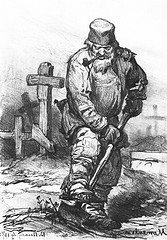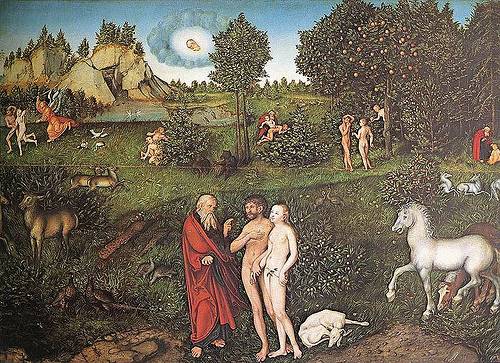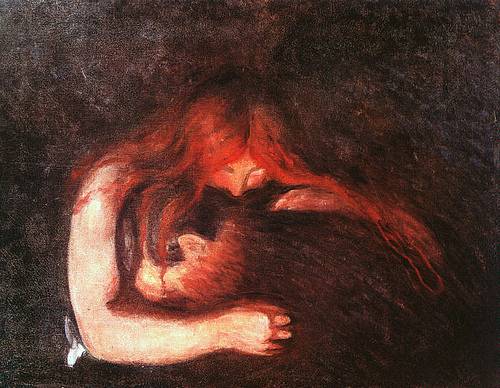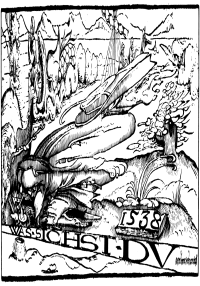According to mathematician Eugene Northrop, in England between 1907 and 1921 it was legal for a man to marry the sister of his deceased wife, but illegal for a woman to marry the brother of her deceased husband.
Suppose then that twin brothers marry twin sisters. One husband and the opposite wife die, and after a decent interval the surviving woman and man marry. For the man this marriage is legal; for the woman it’s illegal. Thus, if they have a son, he’s legitimate for one parent and illegitimate for the other.





